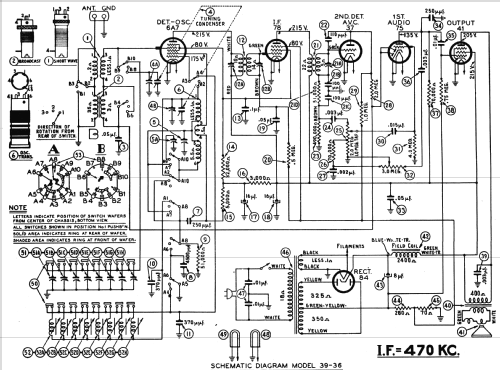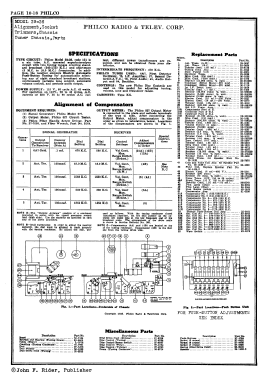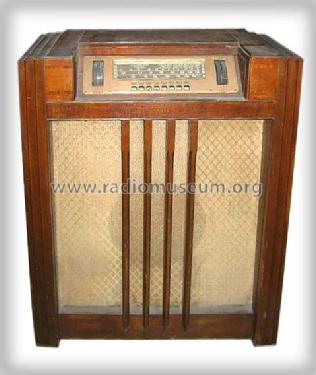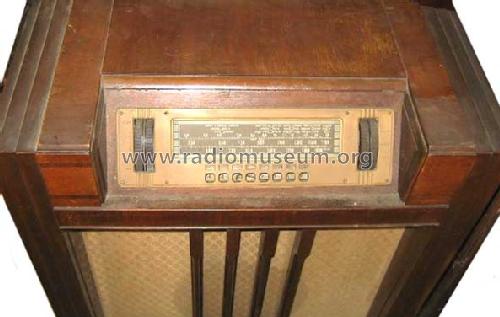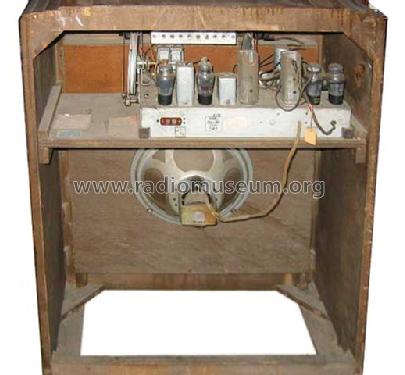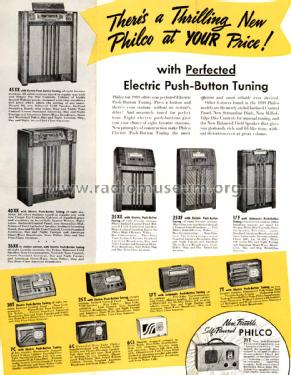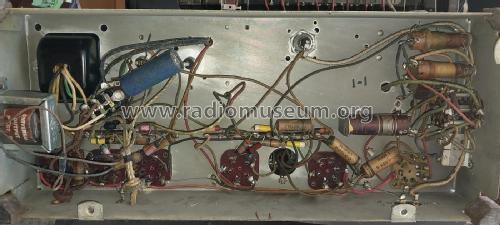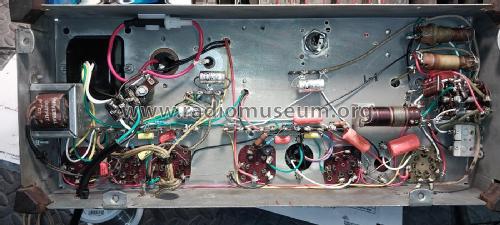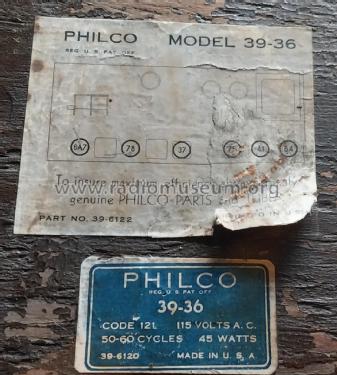- Country
- United States of America (USA)
- Manufacturer / Brand
- Philco, Philadelphia Stg. Batt. Co.; USA
- Year
- 1938/1939
- Category
- Broadcast Receiver - or past WW2 Tuner
- Radiomuseum.org ID
- 50615
Click on the schematic thumbnail to request the schematic as a free document.
- Number of Tubes
- 6
- Main principle
- Superheterodyne (common); ZF/IF 470 kHz
- Wave bands
- Broadcast and Short Wave (SW).
- Power type and voltage
- Alternating Current supply (AC) / 115 Volt
- Loudspeaker
- Electro Magnetic Dynamic LS (moving-coil with field excitation coil)
- Material
- Wooden case
- from Radiomuseum.org
- Model: 39-36XX - Philco, Philadelphia Stg. Batt
- Shape
- Console with Push Buttons.
- External source of data
- Ernst Erb
- Source of data
- Collector's Guide to Antique Radios 4. Edition
- Circuit diagram reference
- Rider's Perpetual, Volume 10 = 1939 and before
- Literature/Schematics (1)
- Philco 1939 RMS Yearbook
- Literature/Schematics (3)
- Philco Folder PR671 for 1939.
- Other Models
-
Here you find 4085 models, 2222 with images and 3733 with schematics for wireless sets etc. In French: TSF for Télégraphie sans fil.
All listed radios etc. from Philco, Philadelphia Stg. Batt. Co.; USA
Forum contributions about this model: Philco, Philadelphia: 39-36XX
Threads: 1 | Posts: 1
Radio friends,
If the white lettering is flaking off the dial glass, it can be restored as described below.
- The original appearance of the dial glass, with a lot of missing pigment:

- The lettering on this dial glass, unlike that of many other Philcos, is not screen printed, but is embossed into the back surface of the glass and filled with white pigment. The remaining original pigment can be removed by washing and brushing, leaving the clean glass surface with only the embossed depressions for the lettering and lines. The entire back surface can then be painted with an off-white color to match the original color of the lettering. Scraping with a razor blade then removes the paint on the surface, leaving the embossed features filled with paint:
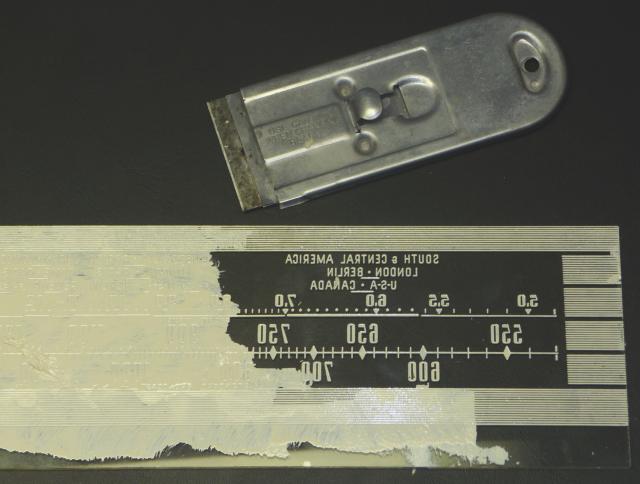
- After scraping the entire surface, all of the original lettering and lines are visible:

- With some further masking and painting, the wide wide stripe at the bottom can be painted to match the original:

- Closeup view of the lettering, showing the quality that is easily achieved:
.jpg)
The embossed lettering produces a very nice effect when viewing the lighted dial on the radio in a dark room. Dial lamps light the left and right frosted edges of the glass, sending light through the glass which illuminates the features, with enhanced brightness at the feature edges. Very pleasing effect.
Use of embossed lettering is not unique to this Philco -- I have seen it on a number of European radios as well. This type of dial lighting is common on molded plastic dials, but not so common on glass dials on American radios.
Thomas Albrecht, 18.Aug.10
